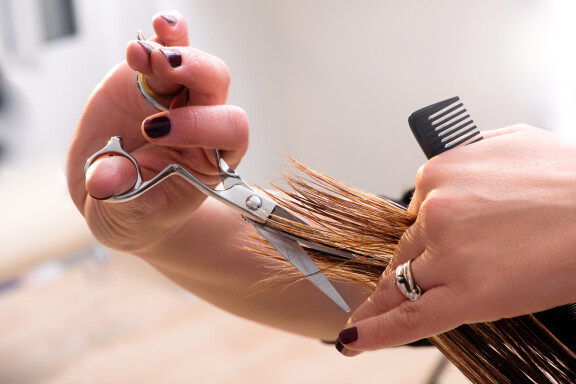Hairdressing and barbering industry regulatory review
The review looked at whether rules were fit-for-purpose for the hairdressing and barbering industry.


Hairdressers and barbers are a vital part of every community. They contribute to a billion-dollar industry of more than 5,000 mostly small businesses employing around 13,000 people.
The industry was working under regulations dating back to 1980. They required hairdressing shops to be registered by local authorities and had rules that included:
- drinks could not be served where hair is being cut
- dogs (apart from guide-dogs) could not be in salons
- the intensity of lighting in the salon
- the number and location of handwashing basins, and
- the products that had to be available for use at those basins.
A Business New Zealand report on reducing compliance in small business called the industry regulations outdated and costly, and highlighted inflexible regulatory compliance for hairdressers and barbers.
The review looked at whether there was good reason to regulate hairdressing and barbering and made recommendations for changes to the current requirements.
The Ministry led the review, working closely with the Ministry of Health.
The Terms of Reference outlined the scope and approach to the review:
Hairdressing and barbering industry regulatory review: Terms of Reference (186 KB, Pdf)
Engagement and consultation
The Ministry heard from business owners, hairdressers and barbers, key industry stakeholders such as the industry body, local authorities, and environmental health officers (local authority staff who assess applications for registration).
We worked closely with the Ministry of Health, MBIE, Department of Internal Affairs, WorkSafe, Health New Zealand, and the Ministry of Justice.
Review findings and recommendations
The Review answered three questions:
- why government intervened in the hairdressing and barbering industry in the first place?
- whether the current set of specific regulations (the Health (Hairdressers) Regulations 1980) and their implementation were effective and efficient?
- whether there were continued reasons for specific regulation of the hairdressing and barbering industry?
The Review found:
- there was a case for some level of government intervention in the hairdressing and barbering industry because of the public health risks (such as the spread of communicable diseases)
- that the specific regulations (the Health (Hairdressers) Regulations 1980) are not an effective, nor efficient, government intervention
- there was no need for specific regulations for the hairdressing and barbering industry.
After analysing two options (one to introduce new risk-based regulations and one to completely remove), the Ministry recommended the hairdressing and barbering regulations be completely removed.
The revocation is supported by new guidance for the industry focused on managing public health risks, and the Ministry will report back to Cabinet in July 2027 about whether the revocation has had any unintended consequences.
The full review report and summary of engagement are below.
Hairdressing and Barbering Industry Regulatory Review - Final Report - May 2025
Hairdressing and Barbering Industry Regulatory Review - Summary Report - May 2025
Next Steps
The Health (Hairdressers) Regulations 1980 will be revoked by the end of July 2025. This means by the end of July they will no longer exist and cannot be enforced.
To note: the Health (Registration of Premises) Regulations 1966 will remain in place for other industries, they will not apply to the hairdressing and barbering industry once the Health (Hairdressers) Regulations 1980 are revoked.
We are working with the Ministry of Health, industry bodies and an infection prevention control expert to develop new guidance for the industry focused on how to manage public health risks.